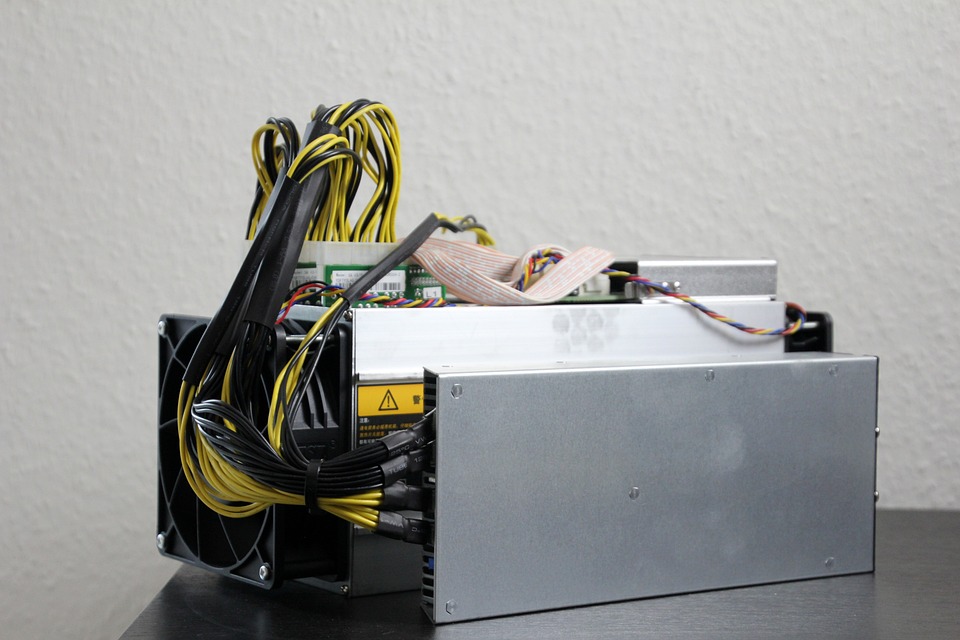Smart Contracts 2.0: Enhancements That Could Change the Game
In the realm of blockchain technology, smart contracts have emerged as a revolutionary tool, enabling trustless transactions, automation, and decentralized applications. Since their inception, developers have continued to explore ways to enhance their capabilities. Enter Smart Contracts 2.0—an evolution that could redefine the way digital agreements are executed, opening new avenues for innovation across multiple sectors. In this article, we will delve into some of the key enhancements that define Smart Contracts 2.0 and analyze how they stand to transform various industries.
What Are Smart Contracts?
Before exploring the innovations of Smart Contracts 2.0, it’s essential to grasp the fundamental concept of smart contracts. Coined by Nick Szabo in the 1990s, smart contracts are self-executing contracts with the terms of the agreement directly written into lines of code. Running on blockchain networks, they automatically enforce and execute the terms when specific conditions are met, eliminating the need for intermediaries. Traditionally, these contracts have been limited in functionality, often comprising simple "if-then" statements.
The Challenges of Traditional Smart Contracts
Despite their potential, traditional smart contracts suffer from several challenges, including:
- Complexity and Inflexibility: They are often rigid, making it difficult to adapt to dynamic conditions.
- Scalability Issues: High transaction costs and slow processing times can hinder the execution of smart contracts on popular networks.
- Security Vulnerabilities: Smart contracts are susceptible to bugs and exploits, and once deployed, they cannot be easily modified.
- Interoperability: The lack of standardization among blockchain networks complicates the ability to communicate and execute contracts across multiple platforms.
Features of Smart Contracts 2.0
The concept of Smart Contracts 2.0 focuses on addressing these challenges through innovative enhancements that promote flexibility, interoperability, security, and scalability. Here are some key features that define this new era of smart contracts:
-
Dynamic Functionality: Smart Contracts 2.0 can incorporate machine learning and AI algorithms to enable adaptive behavior. This functionality can allow contracts to respond to changes in real-time, making them suitable for more complex multi-party transactions and agreements that require external data feeds.
-
Interoperable Frameworks: Enhanced standards and protocols are being developed to allow seamless interaction between different blockchain ecosystems. This open communication will facilitate transactions across various platforms, creating a richer and more interconnected digital economy.
-
Improved Security Models: Innovations in cryptography, including zero-knowledge proofs and formal verification, will make smart contracts more robust against vulnerabilities. Such advancements ensure that contracts are not only secure but also verifiable, allowing stakeholders to have greater confidence in their reliability.
-
Blockchain Layer Solutions: Layer-2 scaling solutions, such as optimistic rollups and zk-rollups, aim to alleviate transaction congestion on primary blockchain networks. This improvement significantly lowers transaction fees and speeds up execution times, making smart contracts more efficient for everyday use.
-
User-Friendly Development Tools: The advent of sophisticated development platforms and programming languages tailored for creating smart contracts can democratize access to blockchain technology. With simplified tools and expansive libraries, even those without extensive technical expertise can design and deploy effective smart contracts.
- Non-Fungible Contracts (NFCs): An emerging concept within Smart Contracts 2.0 involves the development of non-fungible contracts—unique contracts that are collateralized or tied to specific assets. This innovation could be particularly beneficial in sectors such as real estate, art, and collectibles, where ownership and provenance are paramount.
Potential Applications Across Industries
The enhancements brought about by Smart Contracts 2.0 could have profound implications across various sectors, including:
-
Finance and Banking: With dynamic contracts capable of real-time risk assessment and machine learning, financial institutions could streamline loan approvals, trading, and risk management processes.
-
Supply Chain Management: Interoperability can enable different stakeholders to collaborate more effectively across borders, optimizing logistics, tracking shipments, and ensuring compliance with regulations.
-
Healthcare: Smart Contracts 2.0 could facilitate secure patient data sharing, automate insurance claims, and manage clinical trial processes with enhanced transparency.
-
Real Estate: From property sales to rental agreements, smart contracts can automate and simplify transactions, reducing time and costs associated with real estate transfers.
- Digital Identity Management: With security enhancements, smart contracts can safeguard personal data and streamline KYC (Know Your Customer) processes across industries, enabling easier access to services while maintaining privacy.
Conclusion
Smart Contracts 2.0 represents a significant leap forward in blockchain technology, addressing the limitations of traditional smart contracts and paving the way for more autonomous, adaptable, and secure digital agreements. As developers and organizations continue to innovate, the potential applications for these enhanced contracts are vast. By empowering individuals and businesses alike, Smart Contracts 2.0 could very well change the game in how we conceptualize and execute transactions, fostering a more decentralized and efficient digital ecosystem. With these improvements on the horizon, the future of smart contracts is not just bright—it’s revolutionary.




